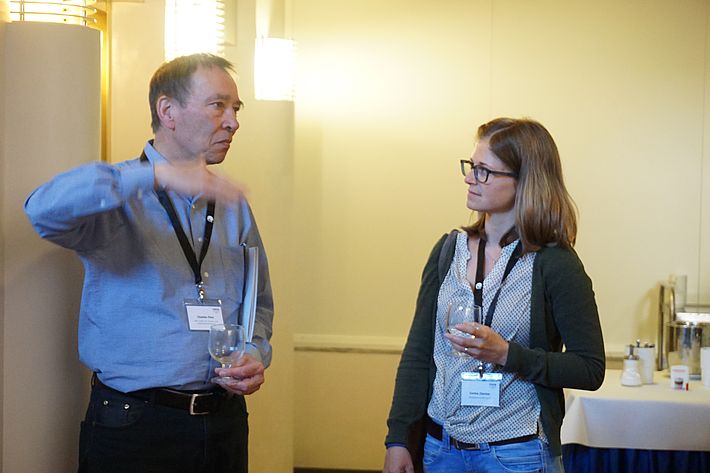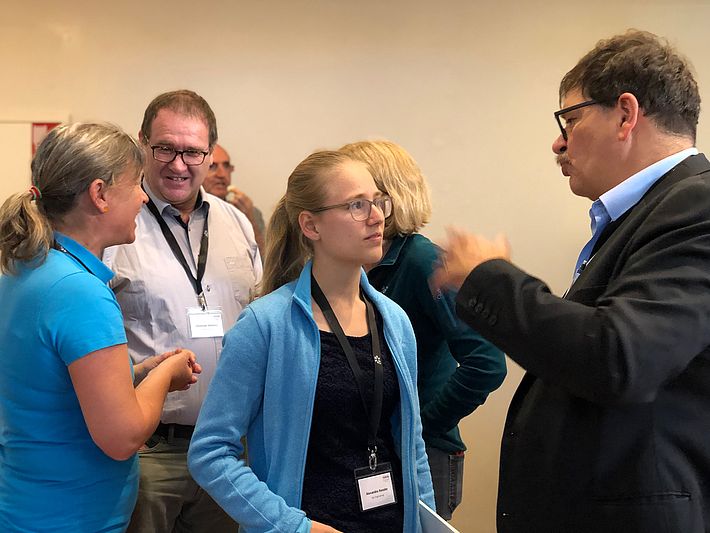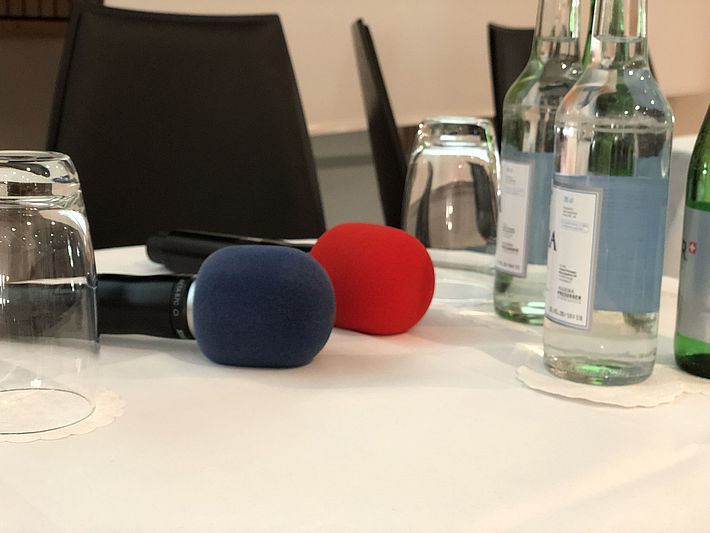The agenda of the conference Forum für Wissen 2019 focused not on the presentation of research findings, but on lessons learned from extreme events and the sharing of expert knowledge.
In his welcoming address, the deputy Director of the WSL Christoph Hegg said, “We are aiming to assimilate lessons learned in order to be better prepared for future extreme events.” The Swiss are already very well versed in dealing with natural hazards, based on support provided by a wide range of agencies. Close collaboration takes place between the federal government, cantons and local authorities, alongside researchers and politicians. Two-thirds of the 220 people who attended the conference are public servants – those responsible for deciding on the need to close a road, release an avalanche artificially with explosives, or stabilise a rock face. The other one-third of attendees are employed in research or engineering offices. As practitioners, engineers provide the academic community with valuable insights.
Probably the key point underscored by the forum was that extreme events, although not easy to manage, always provide an opportunity to learn, and can give rise to both innovation and new legislation. The great flood of 1868, which had a devastating impact in Ticino and the Rhine valley in particular, claimed 51 lives and left an indelible imprint on the whole country. This extreme event prompted the federal government to appoint an expert commission, and in 1876 the Forest Police Act was passed. It was followed one year later by the Hydraulic Engineering Act.
Catalytic effect of extreme events
In the wake of flooding, debris flows, avalanches and rockfalls, planning measures have invariably been followed by action to improve organisational arrangements as well. This is well illustrated by the response to the extreme winters of 1951, 1968 and 1999, when the incidence of avalanches was very high. In the 19th and 20th centuries, for example, numerous watercourse correction schemes were implemented. The River Linth was channelled into Lake Walen, for instance, and a series of restraining dams and other structures were built. Integral risk management (IRM), a practice that came to the fore after the severe flooding of 1987 marks a new approach to natural hazards. Since the flood, the river basins have undergone ecological restoration and structural enhancement. And after the 2017 landslide in Bondo, the retention basin was enlarged, a reconstruction embargo was imposed on houses situated in the danger zone, and additional warning systems were installed.
Modelling not only delivers critical data for hazard maps, but also assists in the analysis of both projected and past natural hazard processes. The reconstruction and modelling of the flood of 1876, for example, shows that the flood defence measures adopted in Ticino since the event are effective, and that a smaller area of land would be inundated in case of a similar event today. "Especially in view of global warming, it is important to think the unthinkable," says SLF Director Jürg Schweizer in his closing remarks, "and to develop scenarios for possible chains of natural hazards. ” Even though “extreme events serve as catalysts for ideas”, the forum also demonstrated that learning is a never-ending process. This shows the reaction of beech to last year's hot summer. Not only the spruce, but also the beech will withdraw from the Mittelland in the long run, as the latest research results of the WSL show.
Panel discussion
In the knowledge that some lessons have to be learned the hard way, Birgit Ottmer of the WSL, who moderated the discussion, reasoned that there were lessons to be learned from extreme events. During the debate, Anna Giacometti, mayor of the municipality of Bregalia, said, “In Bondo the first debris flow in August 2017 took us by surprise, but we learned from the experience.” The local residents were thankful for the warning system that had been installed years earlier and for the debris retention basin, and were therefore willing to work hand in hand with the relevant professionals. Josef Eberli of the Federal Office for the Environment (FOEN), is also aware of protection measures that have been adopted even in the absence of a major event. But especially as regards earthquake mitigation and insurance, he is concerned that “Switzerland is being impeded by the lack of an actual occurrence, because people cannot imagine the unimaginable.” Communication is often difficult in the case of risk-related topics, as illustrated by the widely held view that damage arising from natural hazards is entirely preventable.
“There is no such thing as absolute security,” commented Stefan Engler, who is a representative of Canton Grisons in the Council of States. He therefore advocates political initiatives to avert danger and support research with a view to minimising the risk posed by natural hazards. Stefan Margreth of the SLF cautioned against the overhasty adoption of structural measures as a response to extreme events. And finally, Nils Hählen of the natural hazard agency of Canton Bern called for communication between all the parties involved in case of extreme natural events, in the interests of learning from one another. He said that the general public should also be integrated in such discussions, and that the involvement of the people affected was crucial to the success of managing natural events. Reinhard Lässig
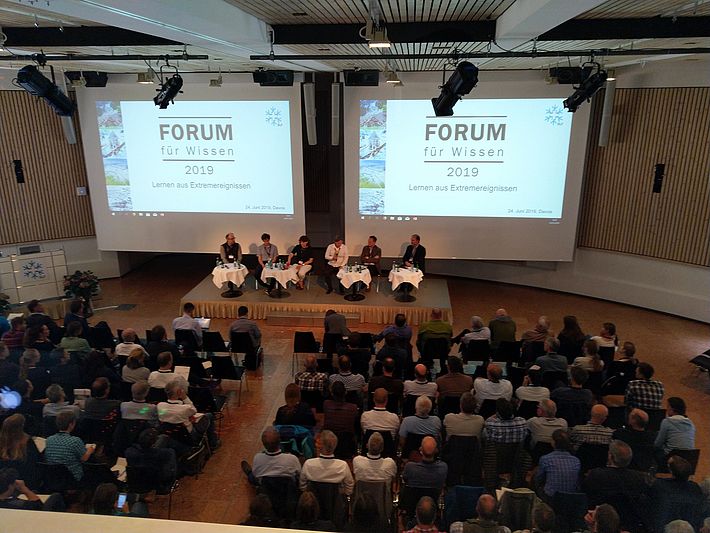
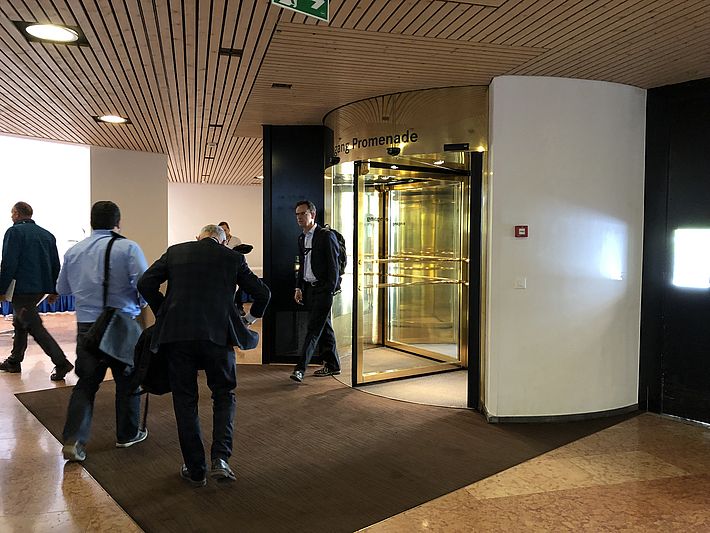
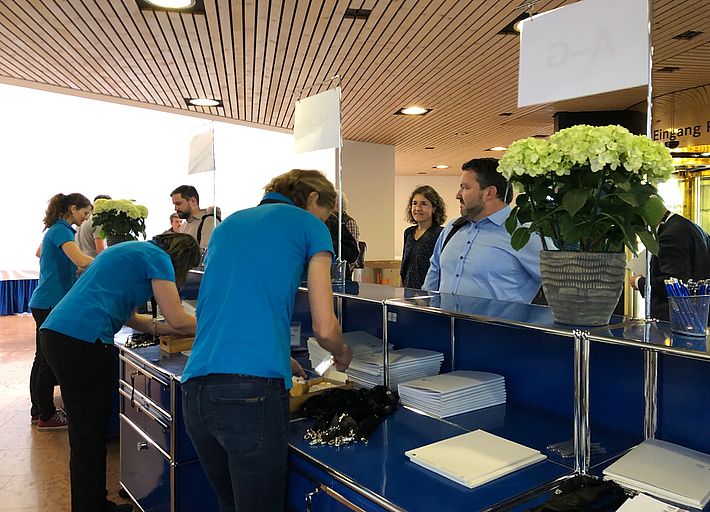
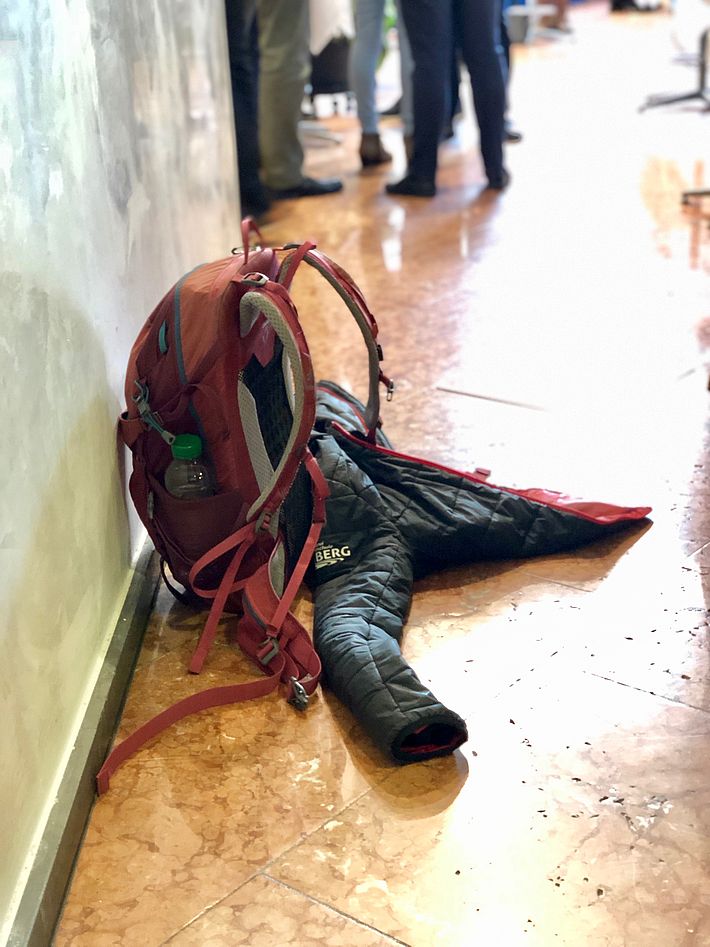
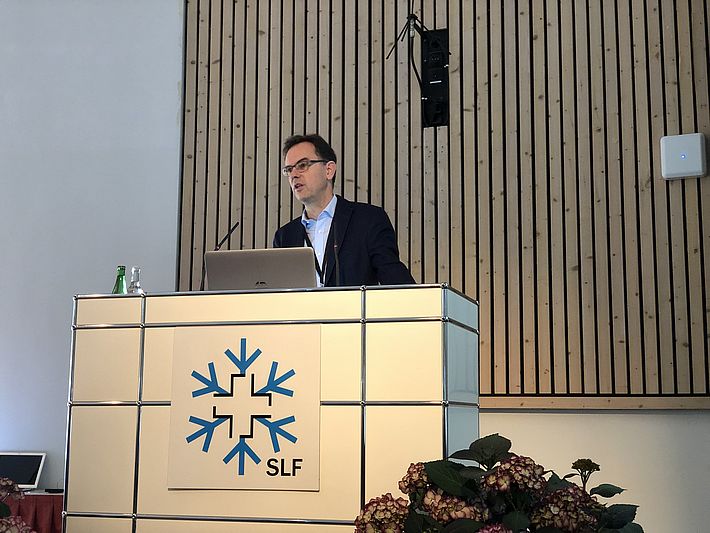
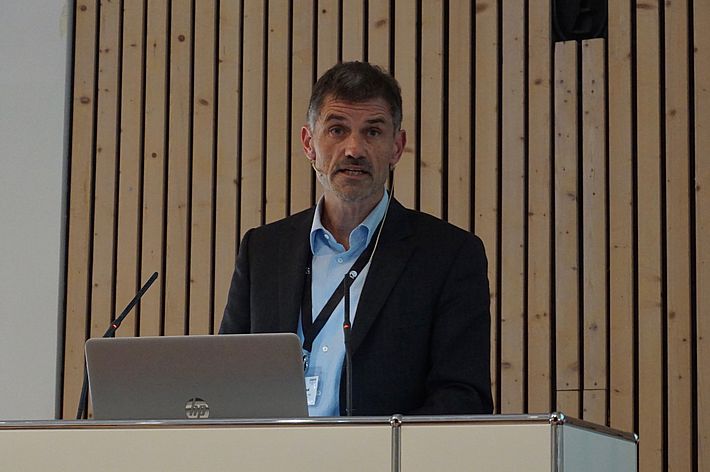
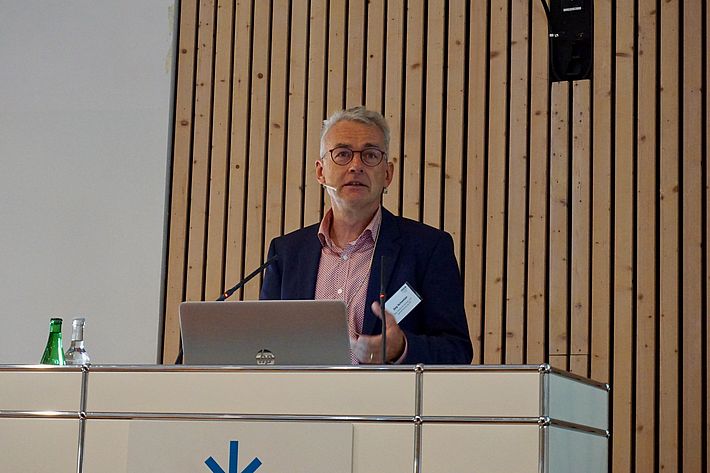
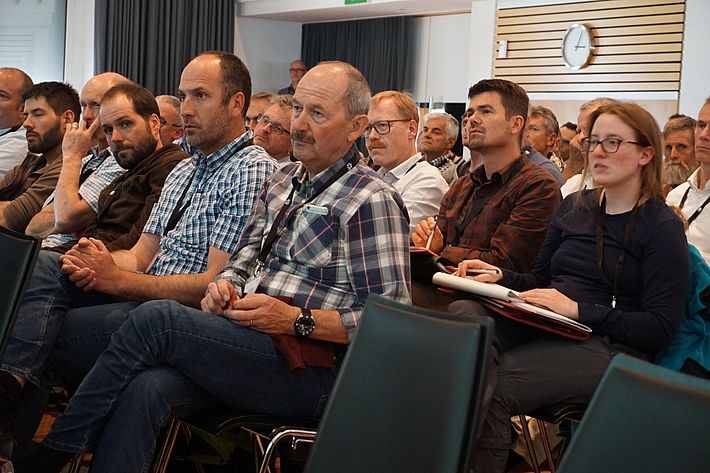
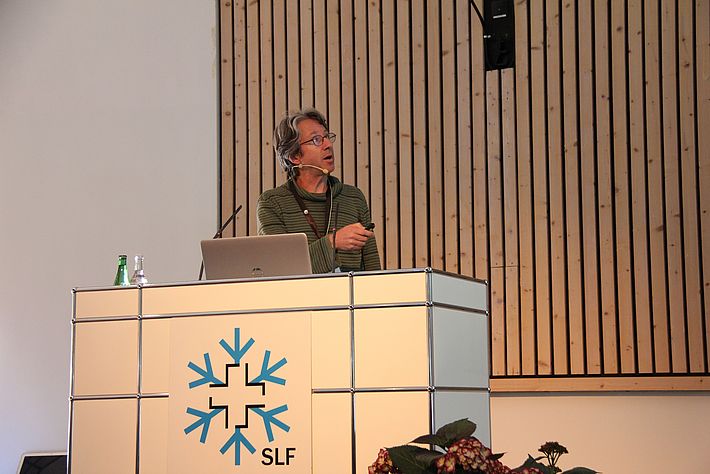
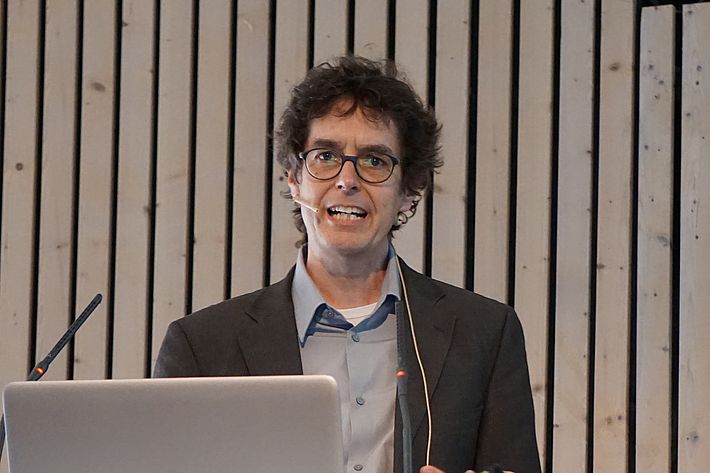
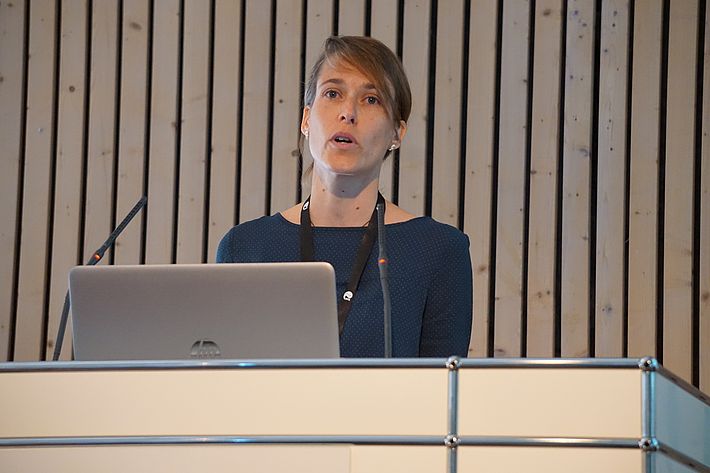
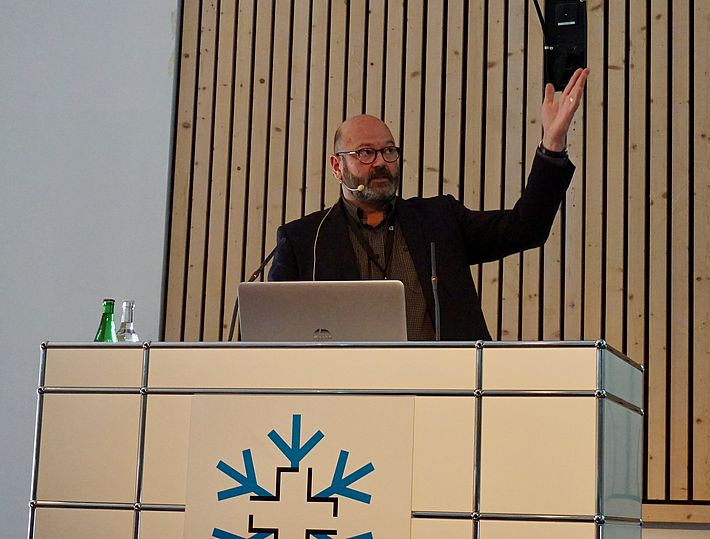
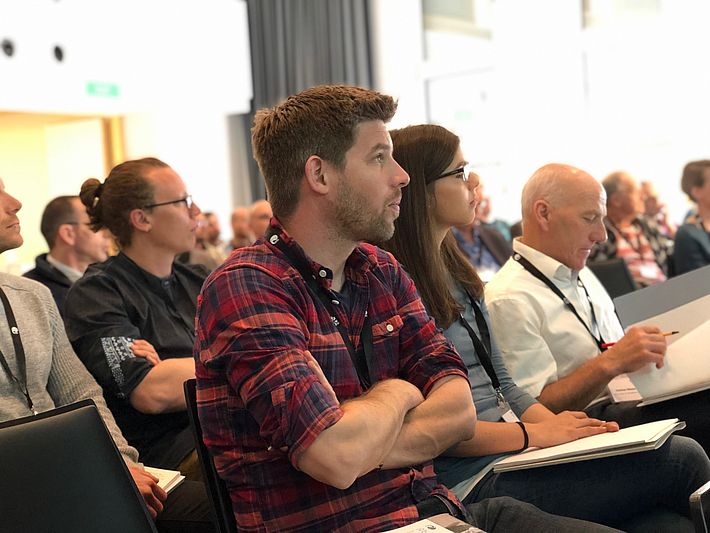
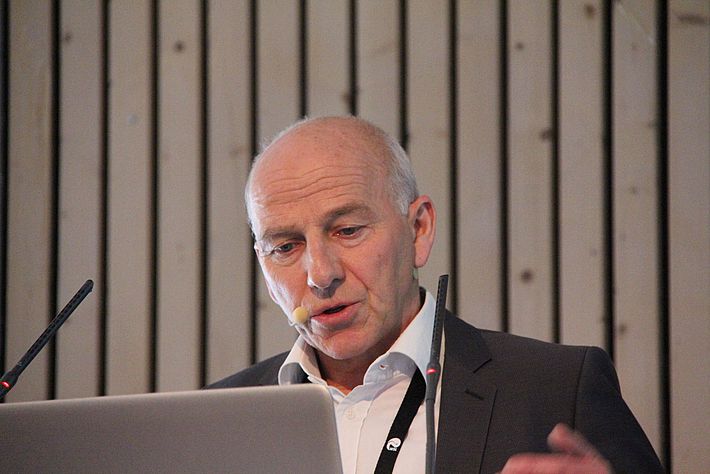
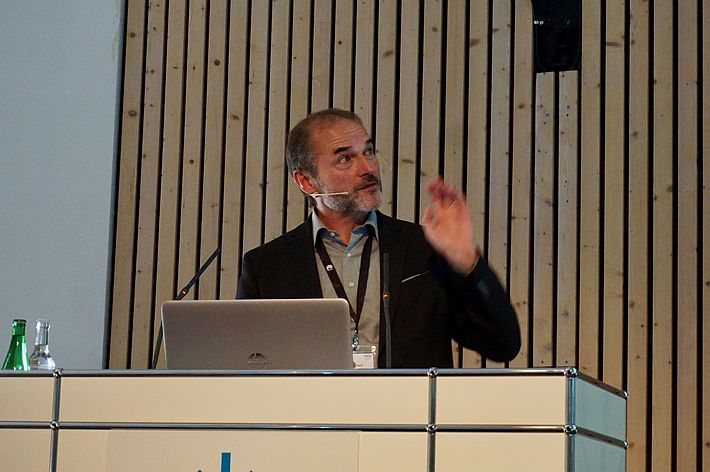
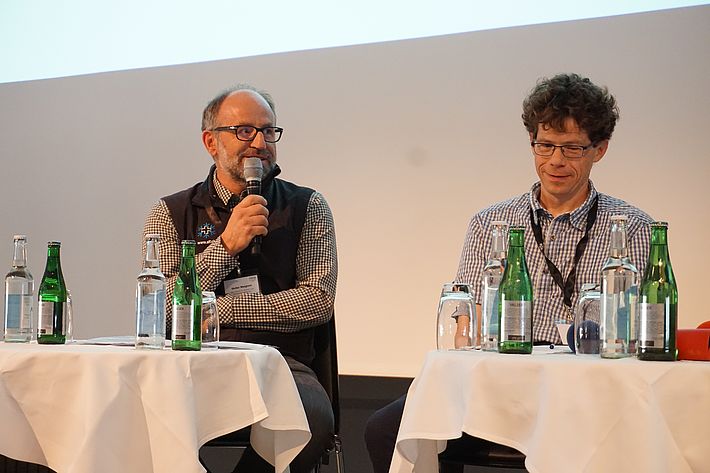
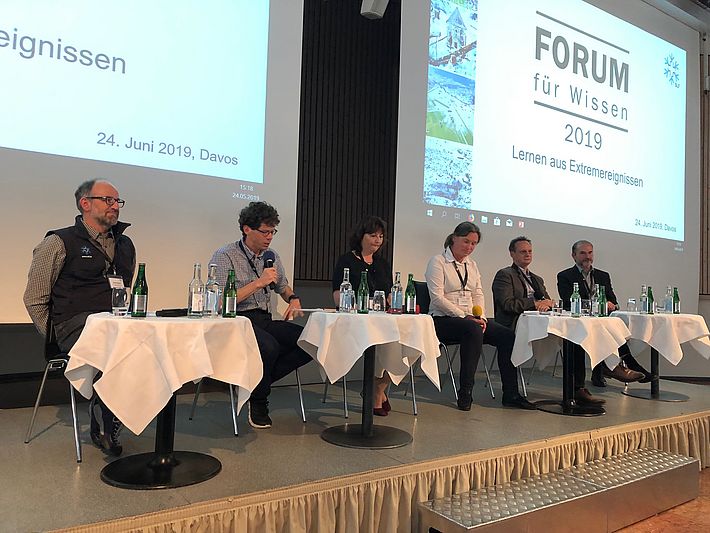
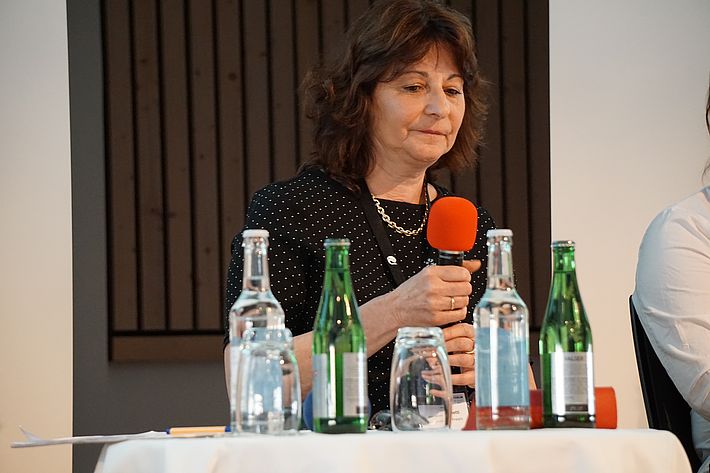
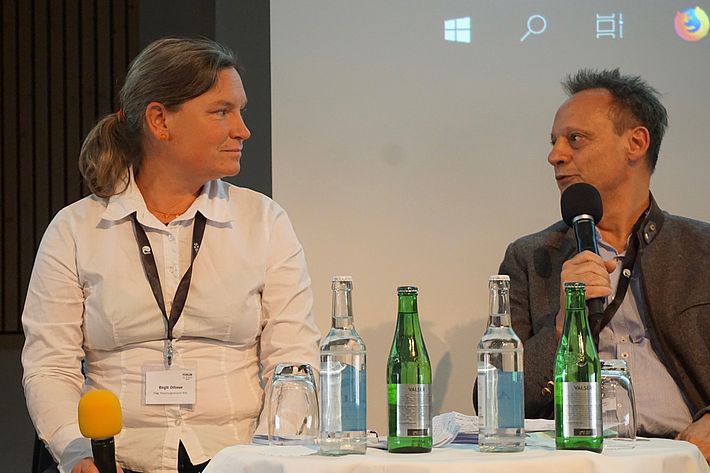
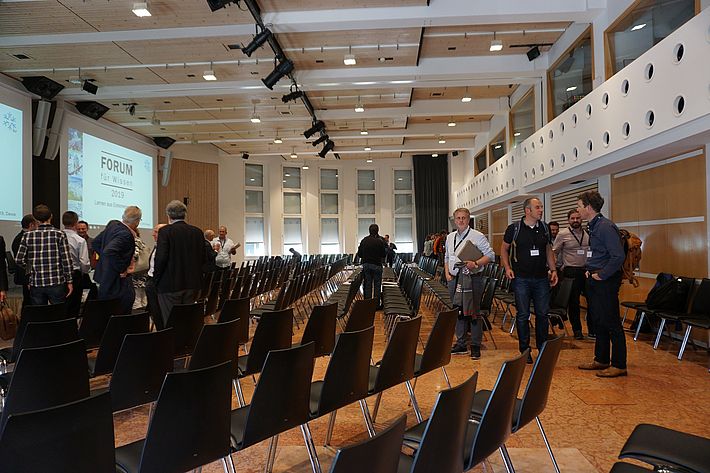
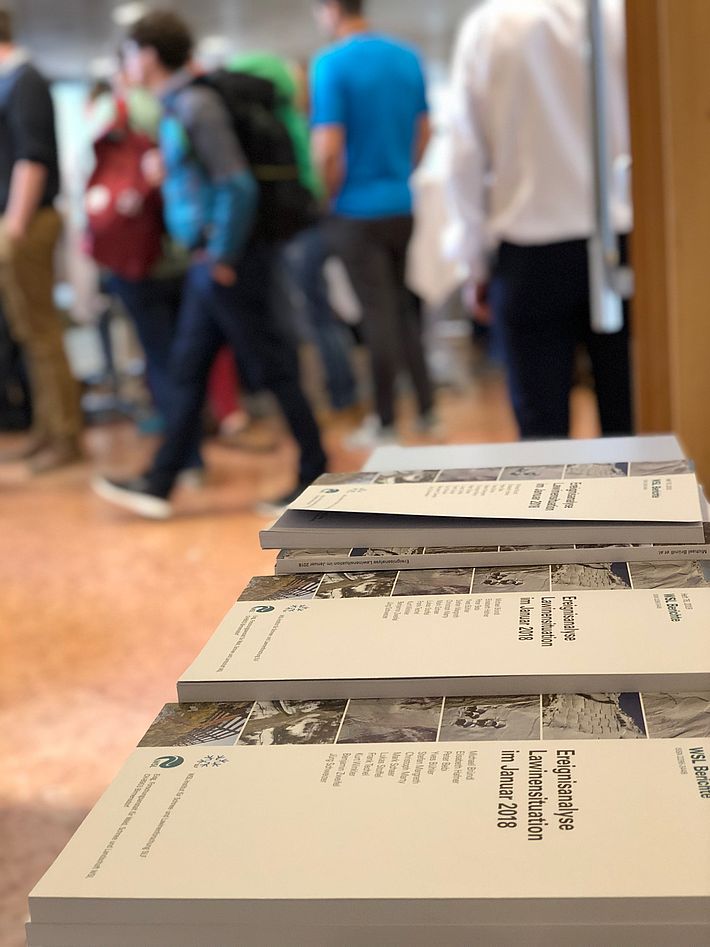
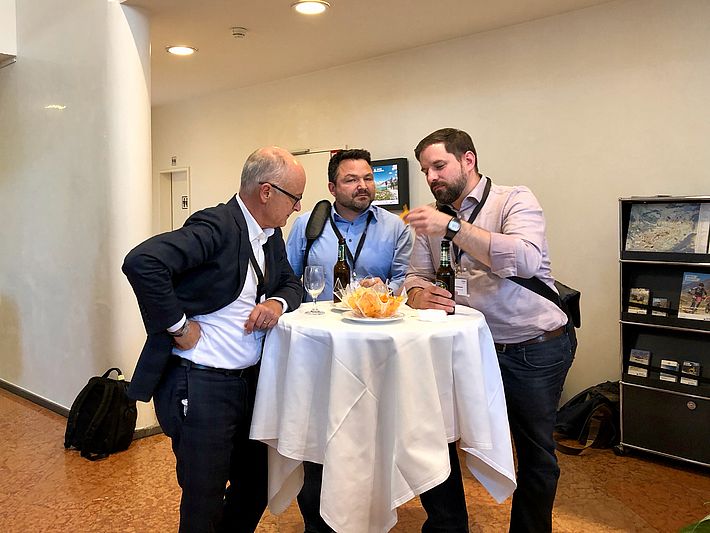
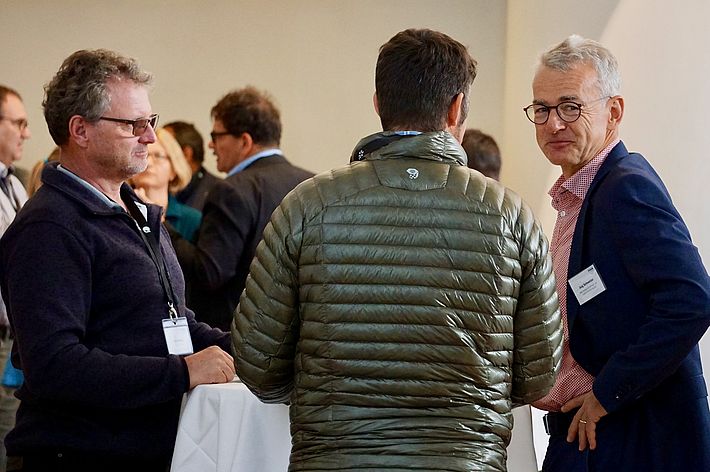
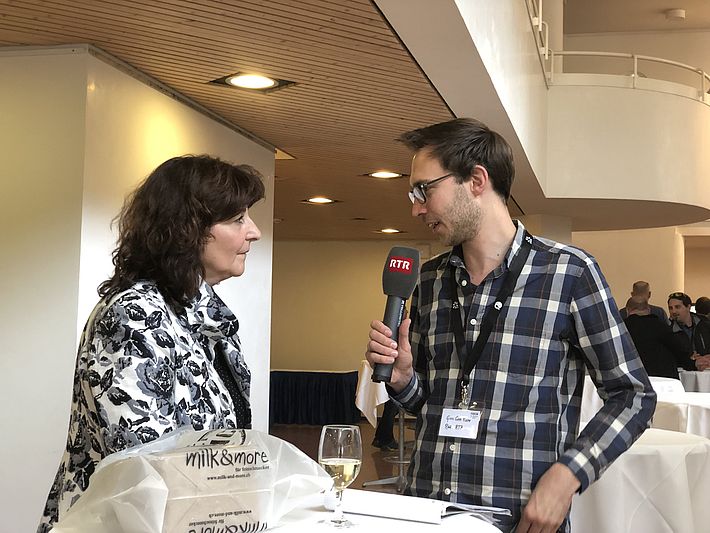
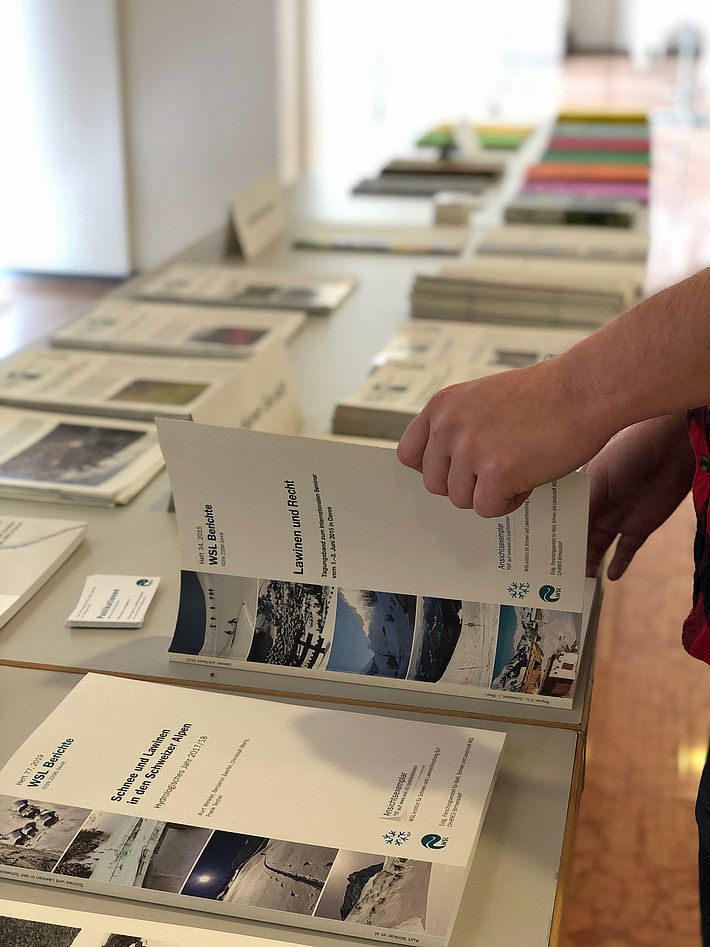
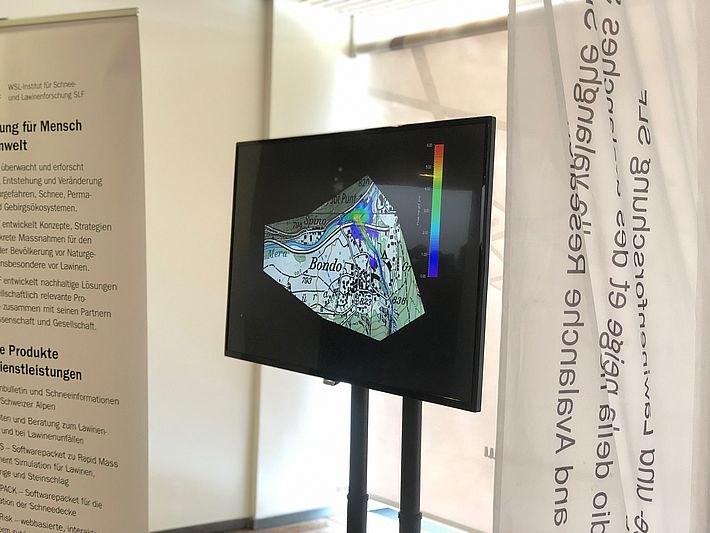
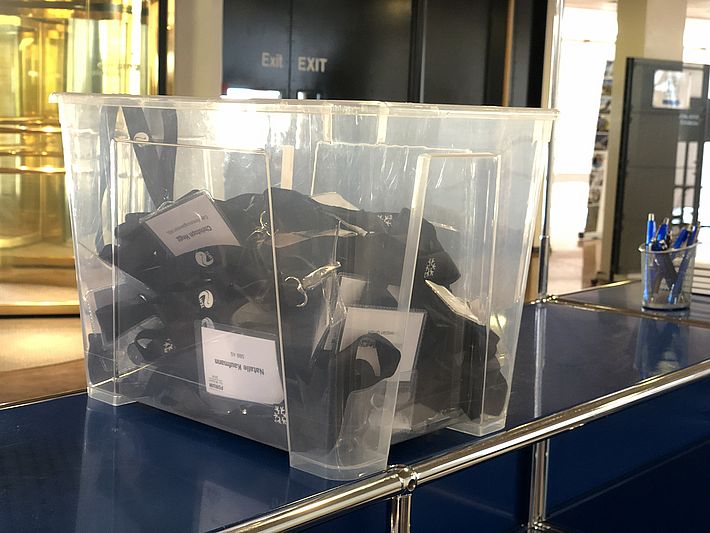
Contact
Copyright
WSL and SLF provide image and sound material free of charge for use in the context of press contributions in connection with this media release. The transfer of this material to image, sound and/or video databases and the sale of the material by third parties are not permitted.
